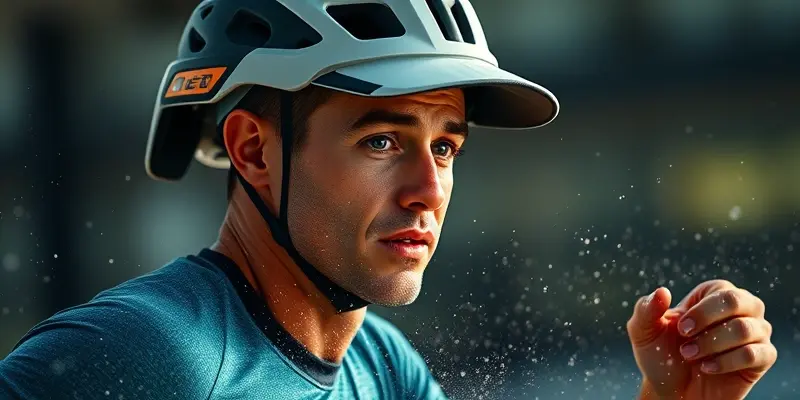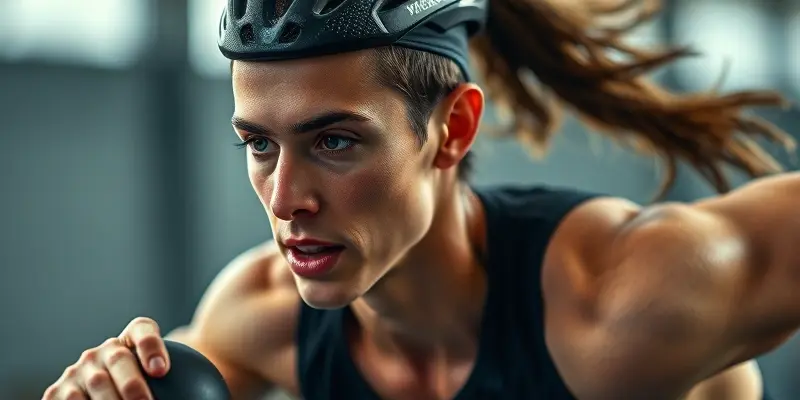Recovery & Injury: A Comprehensive Guide for Fitness Enthusiasts
In the world of sports and fitness, injuries are an inevitable hurdle that athletes and fitness enthusiasts face. Whether you’re a beginner venturing into a new workout routine or a seasoned athlete pushing your limits, understanding how to prevent injuries and effectively recover from them is essential for long-term success and well-being. In this guide, we’ll delve into the realm of sports injuries, explore strategies for prevention, discuss recovery techniques, and highlight tools to aid in the healing process.
Common Sports Injuries
Sports injuries can vary in type and severity depending on the activity and level of intensity. Some of the most prevalent injuries include:
- Knee Injuries (ACL, PCL, Menisci): Seen in sports involving rapid movements and direction changes.
- Ankle Sprains: Common in sports like basketball and soccer due to sudden twists or impacts.
- Shin Splints: A frequent issue among runners and high-impact athletes.
- Stress Fractures: Often experienced by runners and jumpers due to repetitive stress.
Prevention Strategies
Preventing sports injuries requires a proactive approach to safeguard your body during physical activity. Key strategies include:
- Warm-Up and Cool Down: Begin with dynamic stretches and end with static stretches to prepare and relax muscles.
- Strength Training: Build muscle strength to support joints and prevent injuries.
- Proper Technique: Maintain correct form to reduce strain on muscles and joints.
- Protective Equipment: Utilize appropriate gear such as helmets and pads for contact sports.
- Gradual Progression: Avoid sudden spikes in training intensity to allow your body to adapt safely.
Recovery and Rehabilitation
Recovering from injuries is a crucial phase that demands focus and determination. Here are essential steps in the recovery process:
- R.I.C.E. Method: Rest, Ice, Compression, Elevation for minor injuries.
- Physical Therapy: Engage in structured exercises to regain strength and mobility.
- Nutrition Plans: Ensure a balanced diet with adequate protein for muscle repair.
- Psychological Support: Maintain motivation and mental well-being during rehabilitation.
Tools and Gadgets for Support
Various tools and gadgets can aid in injury prevention and recovery, including:
- Orthotics and Braces: Provide additional support for vulnerable areas like knees and ankles.
- Fitness Trackers: Monitor training intensity to prevent overexertion.
- Recovery Tools: Foam rollers, massage guns, and compression bandages for muscle recovery.
Nutritional Strategies for Healing
Nutrition plays a pivotal role in the healing process post-injury. Consider the following nutritional tips:
- Protein Intake: Essential for muscle repair and recovery.
- Vitamins and Minerals: Ensure adequate consumption of key nutrients like vitamin C, D, calcium, and zinc.
- Hydration: Stay hydrated to support muscle function and prevent cramping.
Psychological Support During Rehabilitation
The mental aspect of injury recovery is as crucial as the physical. Here are some psychological support strategies:
- Goal Setting: Establish realistic goals to guide your return to training.
- Mindfulness and Meditation: Manage stress and enhance mental well-being.
- Support Network: Seek encouragement from coaches, teammates, or sports psychologists.
By integrating these guidelines into your fitness journey, you can proactively safeguard against injuries, optimize recovery, and elevate your overall performance and well-being. Remember, prevention is key, but effective recovery is equally vital in your pursuit of a healthy, active lifestyle. Stay informed, stay motivated, and prioritize your body’s well-being every step of the way.
Internal Link Added:

